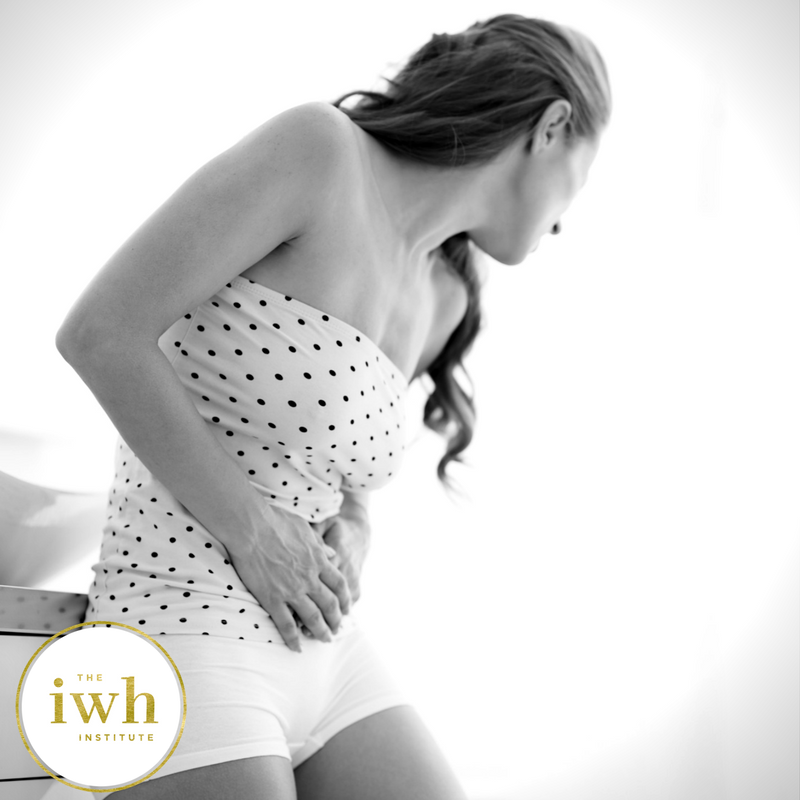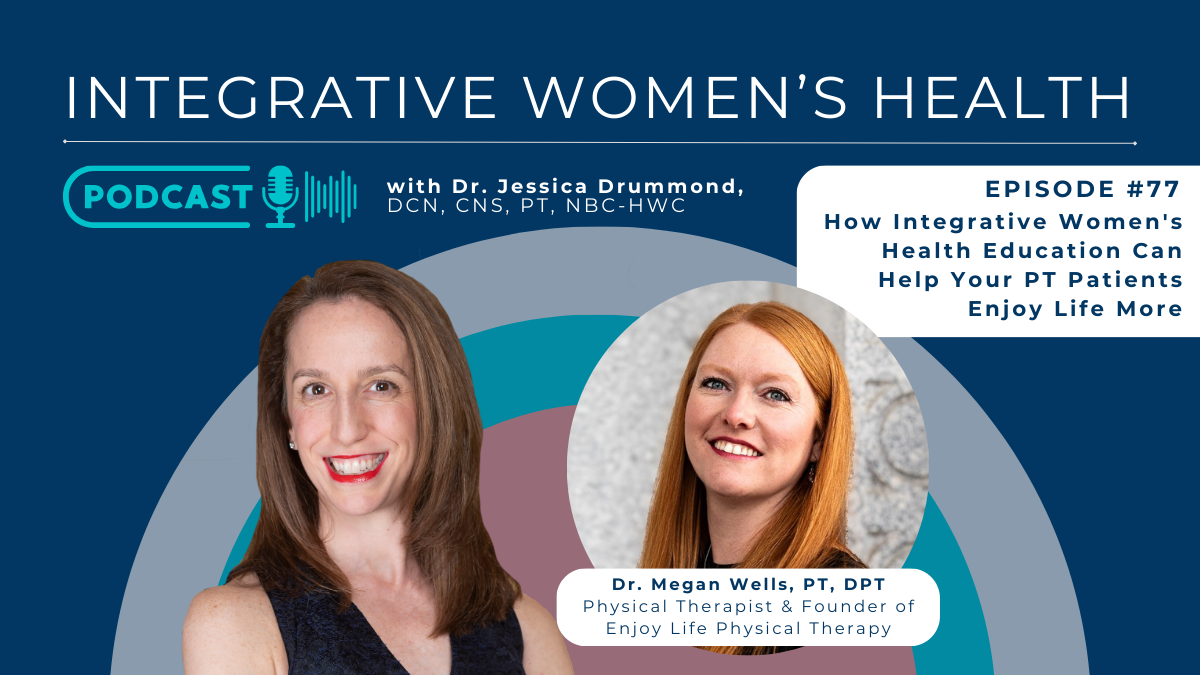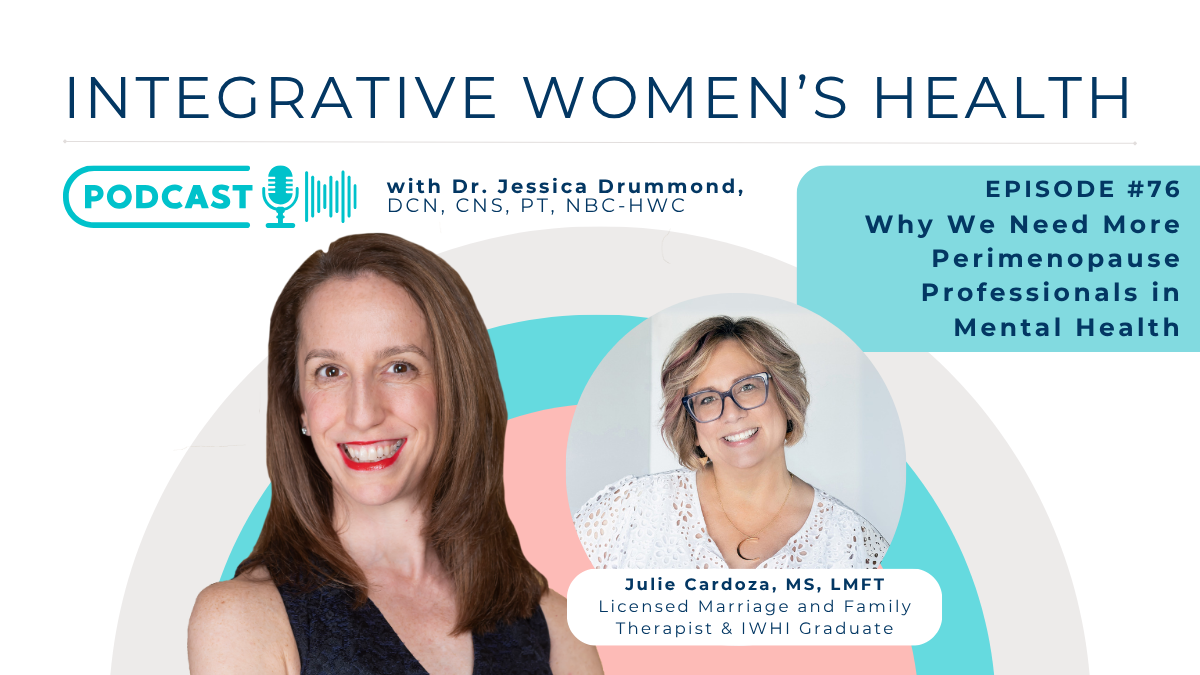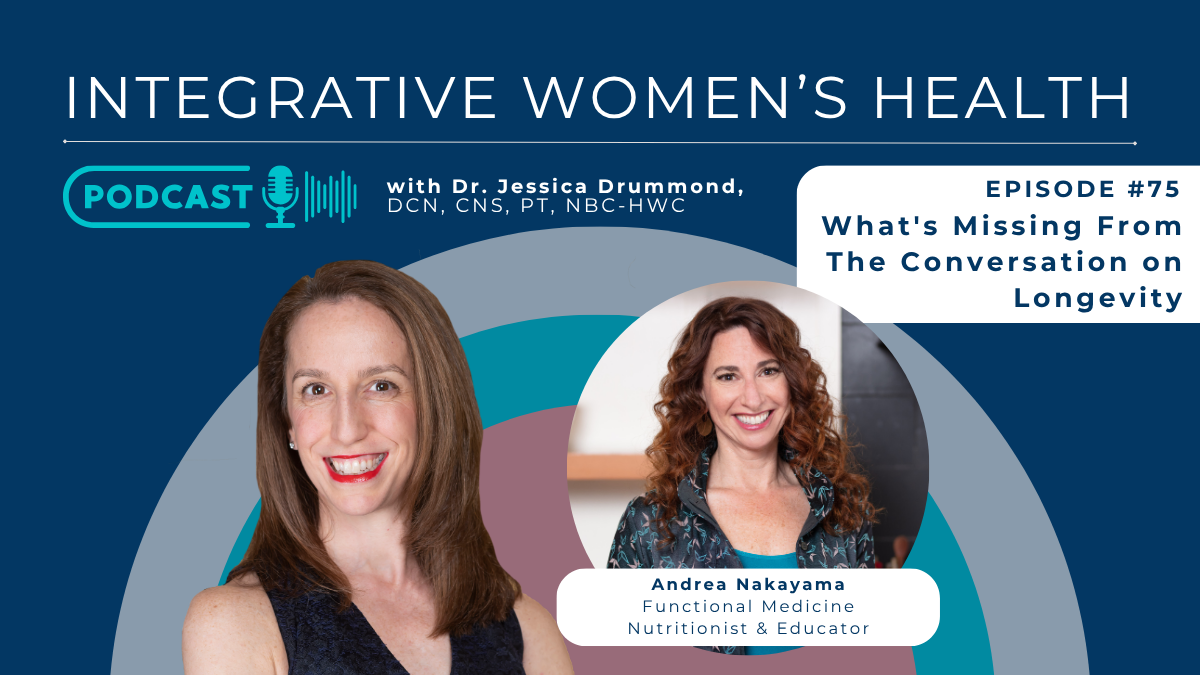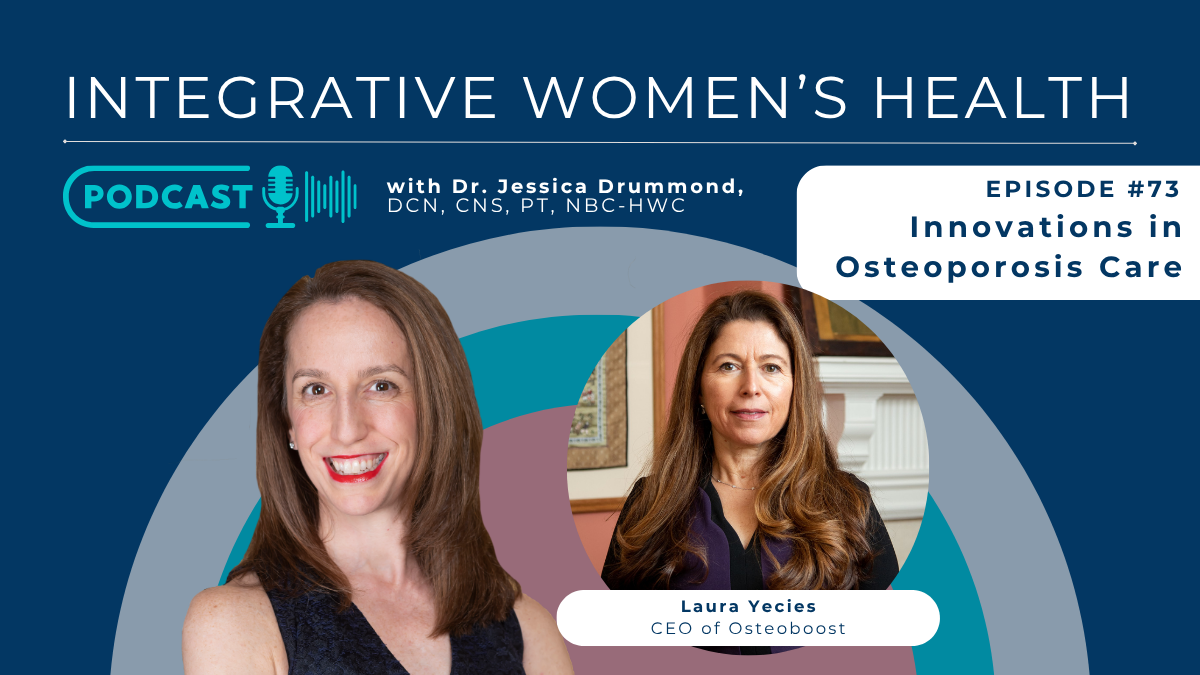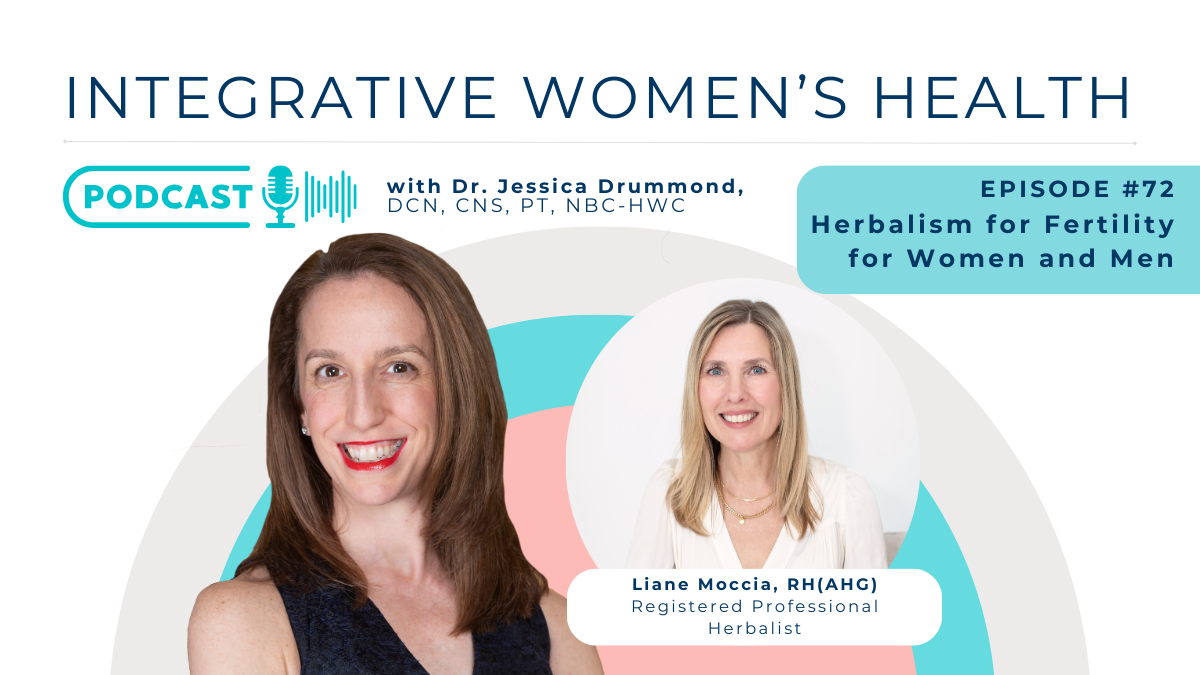Up to 80% of pelvic pain is related to endometriosis, and 176 million girls and women worldwide suffer from endometriosis.
Helping women to overcome endometriosis requires a multidisciplinary, integrative approach. There is no silver bullet solution to endometriosis, but when we take a collaborative approach and dig until we find each patient’s individual healing recipe of therapies, mindsets, and support, healing is available.
What is Endometriosis?
Endometriosis is a common condition, affecting 1 in 10 women worldwide.(1) When a girl or woman has endometriosis, the tissue that normally lines the uterus (endometrial tissue), also grows outside of the uterus.(2) Symptoms can begin as early as the first period. Endometriosis can be “silent” (not painful, but affecting fertility.) However, in most cases, endometriosis causes severe pelvic and sexual pain.
Unfortunately, it is a myth that menstrual pain is normal. Certainly having very mild cramps for a day or two, or feeling a bit fatigued just prior to your period beginning is normal. But, having to miss work or school, needing to take pain medication or lie in bed is not normal pain, and can be a sign of endometriosis.
In addition to the significant pelvic pain, having endometriosis can be related to fatigue, insomnia, bladder pain, and vulvovaginal pain. Many women with endometriosis also experience bowel symptoms, such as irritable bowel syndrome (IBS). Thirty-six percent of women with IBS were found to have concurrent endometriosis.(3) Risk factors for having IBS related to endometriosis are painful sex, bowel symptoms being exacerbated by menstruation, and a family history of endometriosis.
Endometriosis Pain, Fatigue, Hormone Imbalance, and Infertility: Are they all related?
Yes.
Understanding how stress hormones (primarily cortisol, epinephrine, norepinephrine) and sex hormones (primarily estrogen, progesterone, and testosterone) affect one another is essential to relieving endometriosis pain from the source.
All hormones are made from dietary fat and LDL cholesterol. Cholesterol is the precursor, essential for making cortisol (the main stress buffering hormone) and sex hormones, including estrogen, progesterone, and testosterone. Thus, without adequate dietary fat, or having too low LDL cholesterol (which can happen as a side effect of statin medications), there will not be adequate resources for making healthy levels of sex hormones.
In addition, the stress and sex hormone biochemical pathways are enzyme and nutrient (co-factor) dependent. Thus, if a woman is lacking nutrients, or is under chronic emotional or physical stress (like having severe pain that goes undiagnosed for an average of a decade (1)), she will have difficulty making healthy sex hormone levels due to a lack of these resources.
Women who struggle with the chronic pain, stress, and fatigue of having endometriosis, have many of their physical resources (fat, cholesterol, and nutrients) diverted to make stress buffering hormones. The endometrial tissue living outside of the uterus thrives on estrogen, and lacks progesterone receptors. Thus, due to the lack of progesterone receptors on endometrial tissue, this tissue can grow unchecked due to an overexposure to estrogen. In addition, this low progesterone state makes both quality sleep and sustaining a healthy pregnancy difficult.
A Systematic, Multidisciplinary Approach to Endometriosis Healing
When we take a systems approach to healing endometriosis, we start with the patient’s goals and consider her resources. Is preserving her fertility important to her? What support does she have at home? What are her financial resources?
Surgery
Unfortunately, endometriosis can only accurately be diagnosed by laparoscopic surgery. When I am working with a client and I suspect that endometriosis may be at the root of her symptoms, I always recommend having a skilled excision surgeon evaluate her, perform the diagnostic surgery if indicated, and get a clear diagnosis. Many other conditions can cause severe pelvic pain that do not require surgery. Thus, ruling out endometriosis is essential for your client to make fully informed decisions about her next steps, especially if preserving her fertility is important to her.
Having surgery for endometriosis is optional. Endometriosis is a cancer-like growth, but it’s not cancer, and it’s not directly life threatening. (Though women with endometriosis are at higher risk for endometrial cancer (4) and ovarian cancer (5), and some cancer associated genetic mutations have recently been found in endometrial tissue samples. (6))
Endometriosis can be incredibly quality-of-life threatening, and getting the diagnosis is often a winding road of poor management. While it’s always up to the patient whether or not she wants to have surgery, having surgery is the only way to get a clear diagnosis. Having a skilled surgeon make the diagnosis is essential. Then, if a woman is diagnosed with endometriosis, having skilled excision surgery may be essential to preserve her fertility, even if the pain is relieved by less invasive measures. In short, surgery may be optional for pain relief, but it’s not always optional for fertility preservation.
Unfortunately only a limited number of surgeons are trained and experienced in using excision surgery for endometriosis. You can find a skilled surgeon here. Then meet with the surgeon, discuss his or her experience, success rates, etc. Having skilled excision surgery is the key to removing the proliferation of the disease process. But, I can’t overemphasize how important it is to find the best surgeon possible.
Understanding all of the options, and knowing that skilled excision surgery may be necessary for fertility preservation (if not necessarily full pain resolution) is a key component to informed consent for women with endometriosis.
Physiologic Systems Optimization with Nutrition
As a functional nutritionist, once I have a clear diagnosis for my patient of endometriosis, the patient has decided for or against surgery, or I suspect endometriosis but it has yet to be diagnosed or ruled out, I take a very systematic approach to optimizing her digestive, immune, endocrine, nervous, and musculoskeletal physiologic systems with the goal of eliminating her pain, fatigue, and other symptoms.
We begin by optimizing her digestion. Without optimal digestive FUNCTION, it doesn’t matter what food plan a patient is on or what supplements she takes since none of the nutrition therapies can be well absorbed. Also, since gastrointestinal issues can overlap with endometriosis, making the pain worse, it’s important to relieve diarrhea, constipation, bloating, or other gastrointestinal symptoms. It’s important to optimize stomach acidity, digestive enzyme function, intestinal permeability, and to create a healthy gut microbiota environment in the colon, and eradicate small intestinal bacterial or fungal overgrowth (SIBO or SIFO.)
Then, we address immune function, with a focus on reducing inflammation, and eliminating exposure to food sensitivities or allergies (including celiac disease.) Optimizing the function of the intestinal barrier (aka healing “leaky gut”) is a key component to optimizing the functioning of the interface between the digestive and immune systems. Optimal immune function can not be restored until the intestinal epithelial barrier is healthy.
Often, women who have struggled with the pain and fatigue of endometriosis for a long time, have compromised mitochondrial function. Thus, antioxidant support, sleep support, and giving appropriate exercise and recovery recommendations is key.
Plus, if the brain is inflamed, or neurodegeneration begins due to inflammation, reduced blood flow or anemia, or dysglycemia are an issue, it’s important to support optimal brain function. This can be done with sleep strategies like getting enough daylight exposure (without sunglasses), turning off all blue light screens by 8pm, eating an antioxidant rich diet, and taking antioxidant supplements.
Finally, optimal hormone balance and support of the liver to appropriately metabolize estrogen is key to reducing the symptoms of endometriosis.
There are a number of food plans, nutrient supplements, and herbs that can support the optimal functioning of all of these systems, but first we need to understand exactly how this specific woman is depleted and what she is eating or doing that could be contributing to her inflammation, toxic load, leaky gut, or other systems compromises.
Thus, begin with an elimination diet. We have created a evidence-based pelvic pain relief assessment elimination diet for our clients that lightens the load on the digestive and immune systems, adds anti-inflammatory and mitochondria-supporting nutrients, is simple to cook, and tastes delicious.

Next, I generally recommend organic acids or Spectracell testing to determine each client’s nutrient insufficiencies. If that level of testing is not available, testing for optimal Vitamin D levels, ferritin, and homocysteine (a measure of folate, B12, and B6 sufficiency) are a good start that can be done by most primary care providers.
Then, we use symptoms to determine if low stomach acid, poor digestive enzyme function or “leaky gut” (increased intestinal permeability) is at play. Adding simple digestive function support such as Betaine HCL with pepsin, digestive enzymes, zinc, and L-glutamine can improve nutrient absorption, reduce gut microbiome imbalances, and improve diarrhea or constipation.
Stool testing can give us some insight into the gut microbial environment to see if there is any colon inflammation, if the immune system of the mucosa is functioning well, and if the healthy gut bacterial levels are too low and/or the pathogenic bacteria and fungi are thriving. If the mucosal SIgA is low (a sign of weakened mucosal immune function), adding 5-10 grams of shiitake mushrooms daily for 4 weeks was found to be helpful.(7) If the healthy bacteria are low, adding probiotic foods and prebiotic fibers can help. In some cases, specific supplemental probiotic strains are also helpful.
Hormone balance is essential for women with more cyclical endometriosis pain. DUTCH hormone testing gives insight into stress hormone levels (which, if out of balance, can impact digestive function and/or inflammation), and sex hormones levels and metabolites. In many cases of endometriosis, estrogen levels are elevated, especially in relation to progesterone levels (which tend to be low.) Unfortunately, just adding supplemental progesterone (or encouraging improved levels of progesterone with herbs such as chaste tree vitex) will not be sufficient because endometriotic tissue has reduced progesterone receptors. But, improving estrogen metabolism by reducing inflammation and supporting liver function with cruciferous vegetables, broccoli extract, and DIM and/or B vitamin and other nutrient supplements can be helpful. Getting to the root cause of her stressors and coming up with a plan for balancing stress, and reducing it as much as possible is key to optimal hormone balance.
If brain fog or fatigue are comorbid issues, looking for signs of dysglycemia, such as feeling more energized or fatigued after eating, gives me a clue that brain health may be compromised. When the brain is inflamed, or lacks a consistent source of nutrients or oxygen (related to anemia or poor perfusion), then pain may be more difficult to control.
Our understanding of pain has evolved significantly in the past decade or so. It is now clear that pain is not a reliable indicator of degree of tissue damage or even of the location of any damage. In oversimplified terms, pain is a decision made by the brain. Once a number of factors – such as tissue damage, fear, lack of social support, brain inflammation, systemic inflammation, an immune response to a systemic pathogen or even an emotion, hormonal messages, other molecular messages, muscle tension, and many other messages – come together in the brain, then the brain makes a decision whether or not to send a pain message, and the intensity of that message.
Physical Therapy
Pelvic floor muscle spasm or lack of coordination, and other musculoskeletal imbalances in the spine, hips, and lower abdomen can exacerbate the pain and fatigue associated with endometriosis. Manual therapy, neuromuscular relaxation with or without biofeedback, and pelvic floor muscle relaxation exercises in collaboration with a skilled pelvic floor physical therapist can be an essential piece of the puzzle for healing endometriosis related pain and fatigue. Begin your search for a skilled pelvic health physical therapist in your area, by searching here.
Psychosocial Support and Mind-Body Medicine
There are times when there is an emotional component to the pain and fatigue associated with endometriosis pain. As I mentioned above, emotional messages can be a part of the information feed to the brain as emotions are translated in the body as hormonal or metabolic messengers, including stress hormones and inflammatory cytokines. Understanding what can trigger these pain inducing emotional factors can be very helpful to resolving the pain and fatigue as a part of a complete healing program. It’s never the case that women are just complaining or that the pain is “all in their heads,” but the health of the brain, inflammatory messengers, and resilience can be influenced by emotional triggers of pain. Figuring out each woman’s emotional pain triggers, can be very supportive. Skilled coaching or cognitive behavioral therapy are important strategies for relief for many women. Learn more here and here.
Healing endometriosis from the root cause requires an interdisciplinary, personalized approach. While getting to each individual woman’s root cause may feel like a frustrating winding road, using a collaborative approach can very often support women to heal completely and sustainably.
References:
- https://www.endofound.org/faq
- https://www.ncbi.nlm.nih.gov/pubmedhealth/PMHT0024650/
- https://www.ncbi.nlm.nih.gov/pubmed/28303579
- https://www.ncbi.nlm.nih.gov/pmc/articles/PMC4340602/
- https://www.ncbi.nlm.nih.gov/pubmed/28469404
- http://www.nejm.org/doi/full/10.1056/NEJMoa1614814
- Dai X, Stanilka JM, Rowe CA, Esteves EA, Nieves C Jr, Spaiser SJ, Christman MC, Langkamp-Henken B, Percival SS. Consuming Lentinula edodes (Shiitake) Mushrooms Daily Improves Human Immunity: A Randomized Dietary Intervention in Healthy Young Adults. J Am Coll Nutr. 2015;34(6):478-87. doi: 10.1080/07315724.2014.950391.

